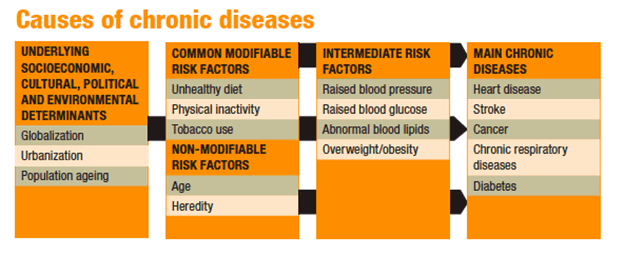

Intensive treatment of risk factors subject to influence using, for example, continuous blood-glucose measurement and advanced insulin pumps, is now underway. In the researchers’ view, the improvement in prognosis is probably due to the development of diabetes care in recent years. Other risk factors identified were advanced age, male sex, cardiovascular disease, smoking, and high blood pressure. Sara Hallström, Doctoral Student in Molecular and Clinical Medicine, Sahlgrenska Academy, University of Gothenburg These are the risk factors that, in the study, proved to be the major ones for amputation in people with type 1 diabetes.” We see a trend reversal in the period from 2014 to 2016, and a couple of years before that there were evidently declining long-term blood sugar levels and improving kidney function. The study's first author is Sara Hallström, a doctoral student in molecular and clinical medicine at Sahlgrenska Academy, University of Gothenburg, and specialist doctor in internal medicine at Sahlgrenska University Hospital. The proportion of people undergoing amputation annually thus fell by 42 percent. In the last few years of the study, 2017–2019, the corresponding figure was 1.64/1,000. Initially, in the years 1998–2001, the probability of amputation was 2.84 per 1,000 people on an annual basis. High-quality reference genome assembly of the Nile rat facilitates diabetes research.Bypass surgery linked to fewer amputations in people with severe peripheral artery disease.High incidence of CKD in the United States persists, study says.


 0 kommentar(er)
0 kommentar(er)
